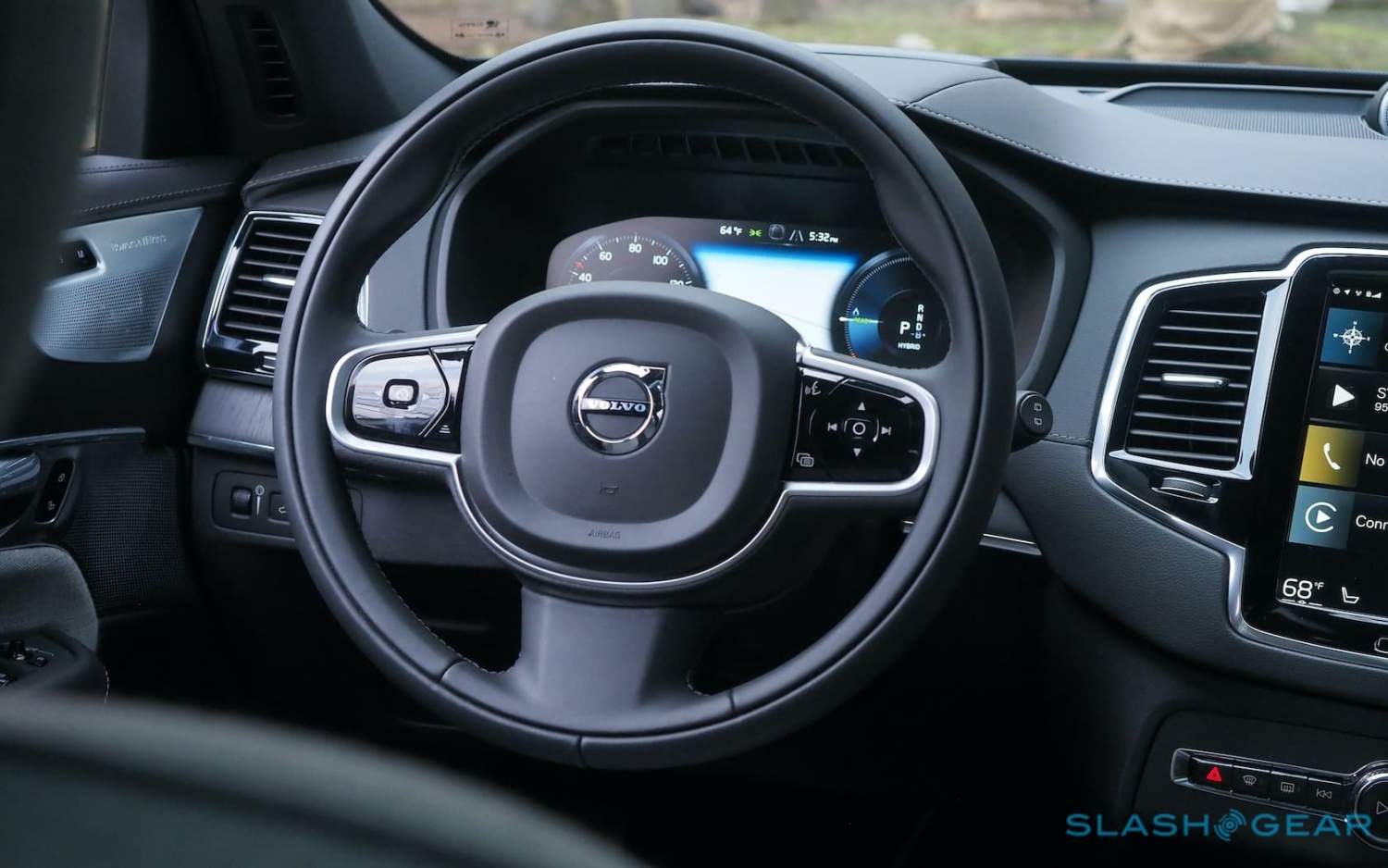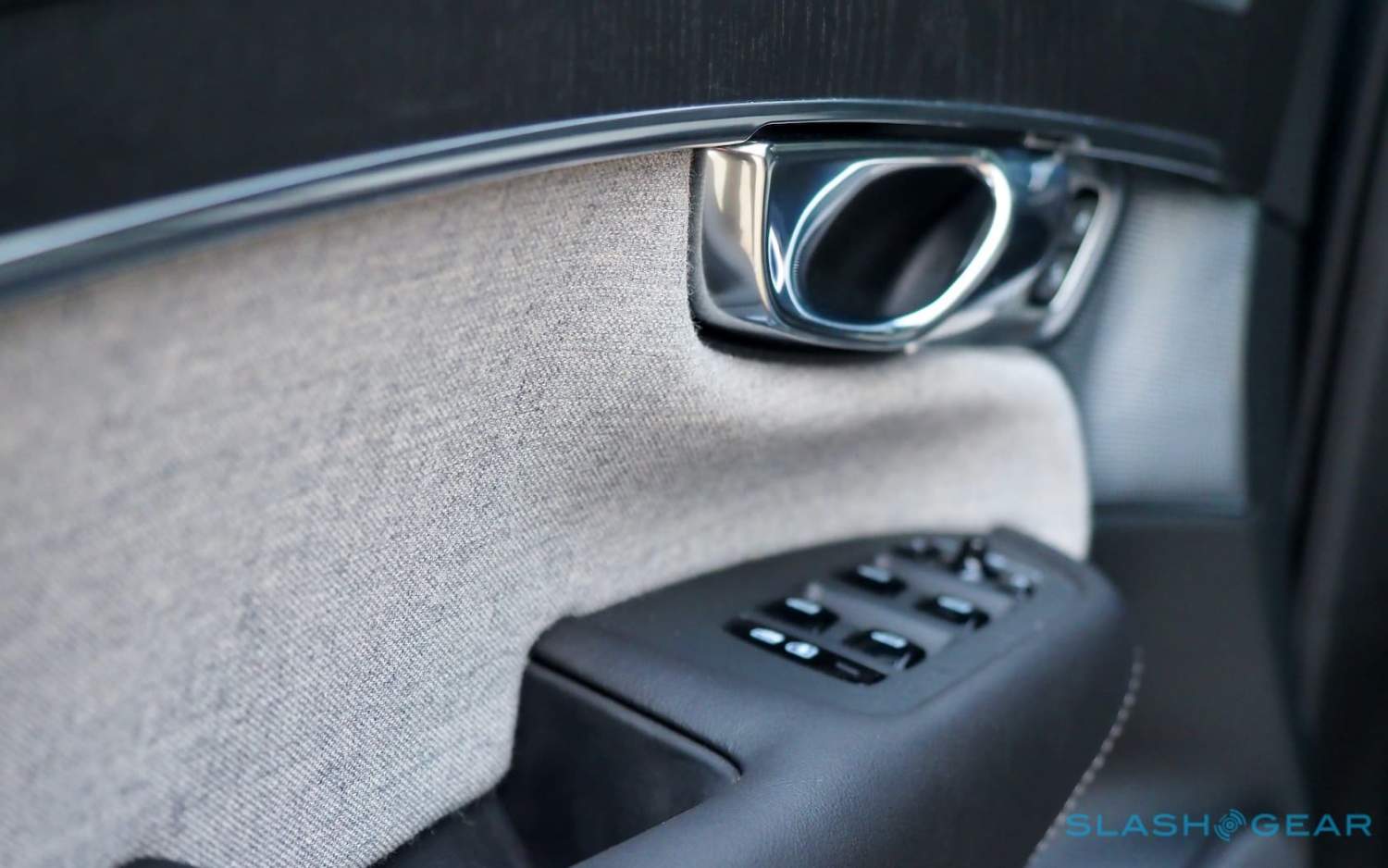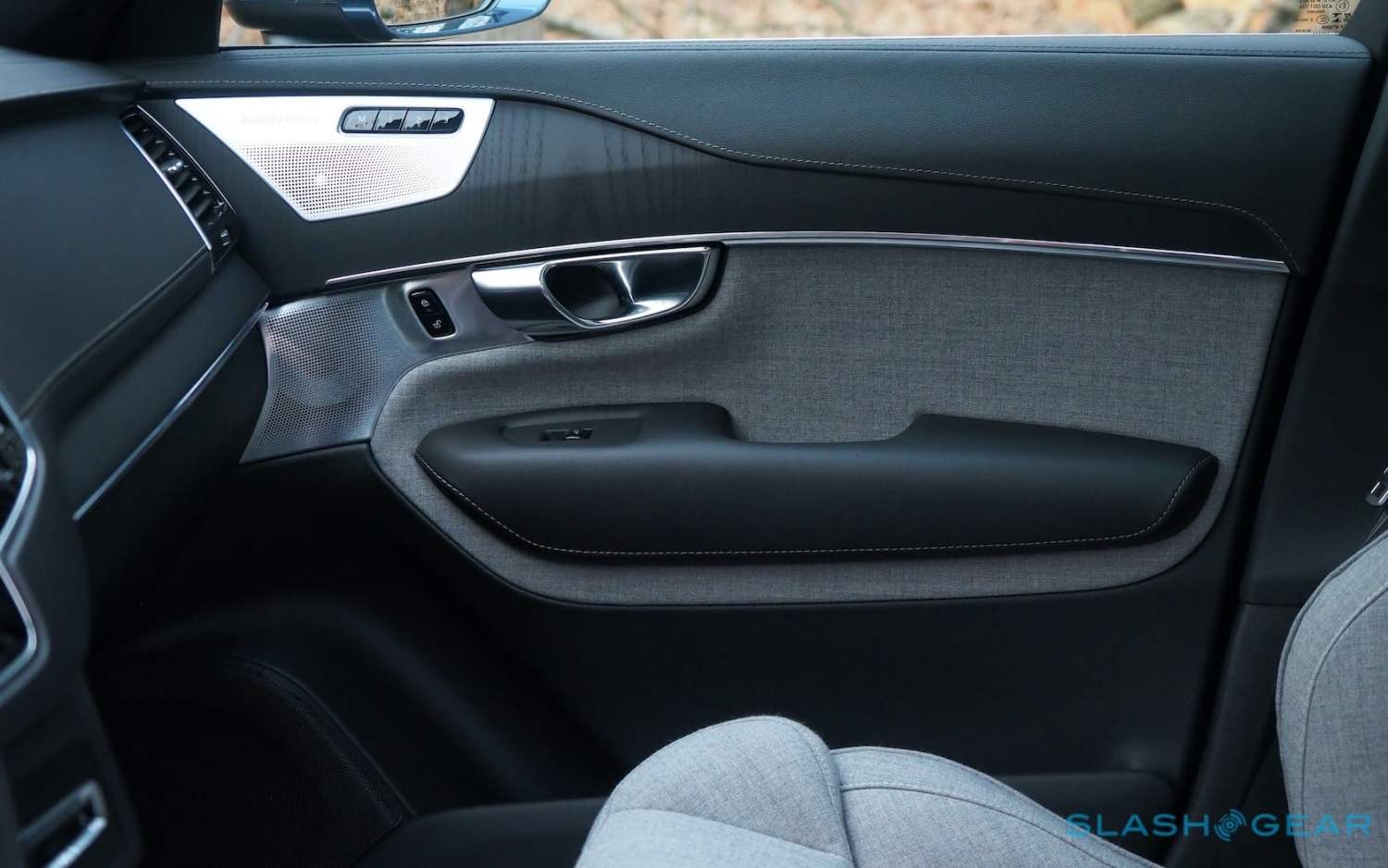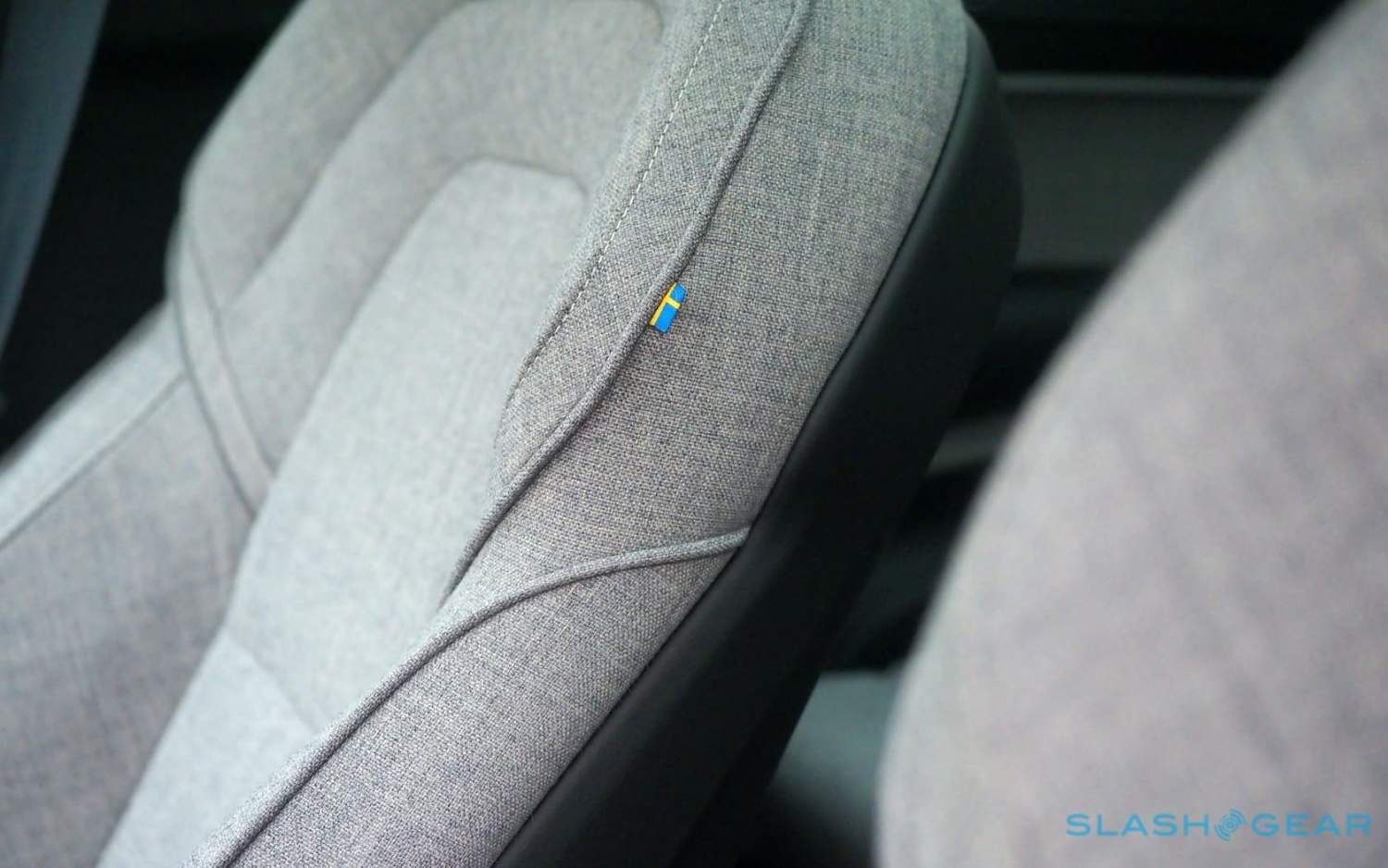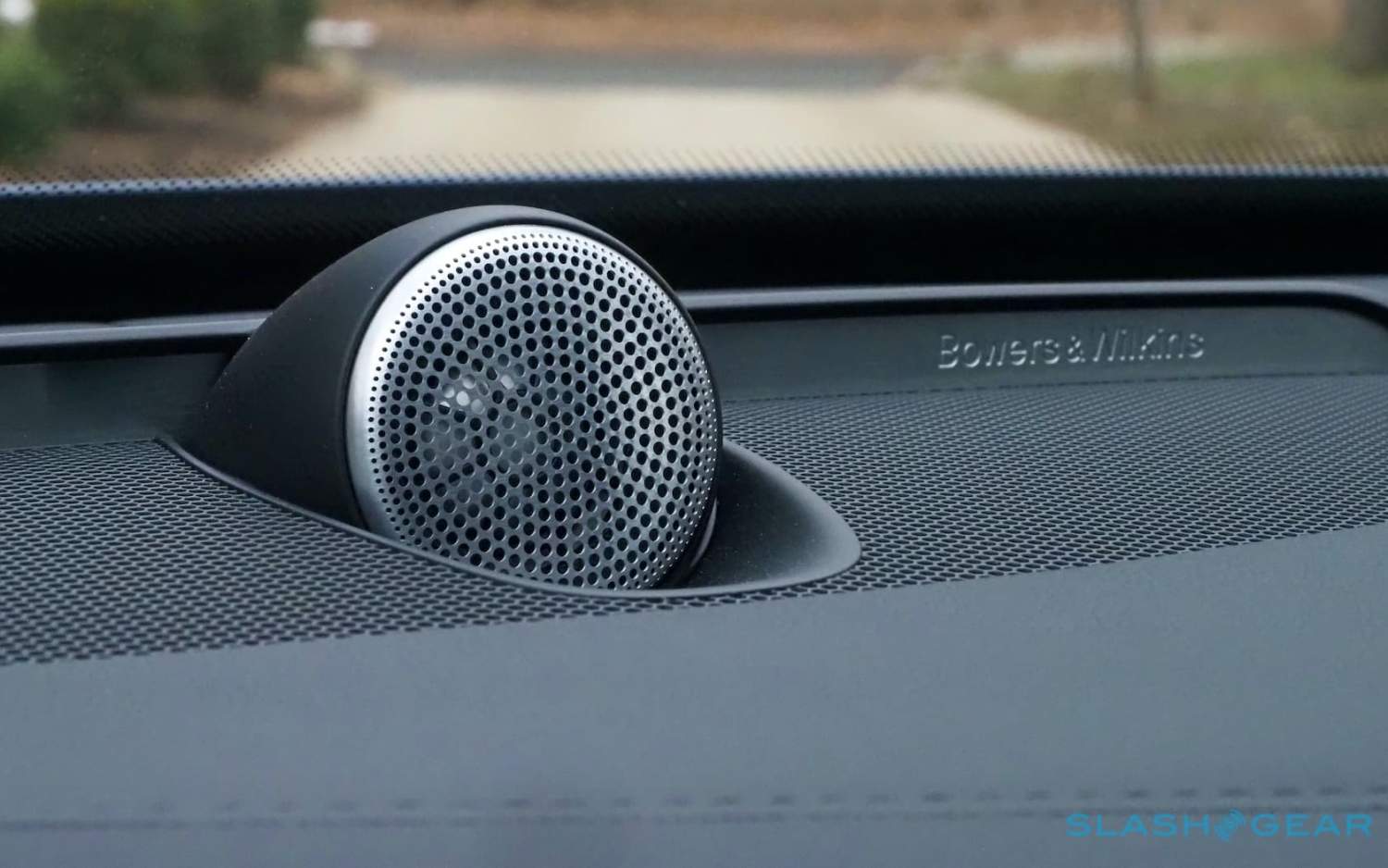2021 Volvo XC90 T8 Recharge Review - Luxury First, Hybrid Second
- Handsome SUV ages gracefully
- High-quality cabin has some beautiful trim choices
- Standard safety tech levels are the segment benchmark
- Smooth and relaxing to drive
- Expensive in PHEV form
- Neither electric range nor overall economy are great
- Infotainment touchscreen is starting to look small
It's not unreasonable to suggest that Volvo owes a fair amount of its current prestige to the XC90. In 2021 XC90 T8 Recharge form, the plug-in hybrid three-row SUV is the de-facto flagship of the Swedish automaker's range in North America, combining Scandinavian minimalism with a jolt of electric power.
The core design of the XC90 hasn't changed much since Volvo launched the SUV back in 2015. It marked a huge turning point for the automaker then, the first model in its Geely-funded reinvention, pushing style and technology to the fore and helping elevate Volvo as a more premium brand.
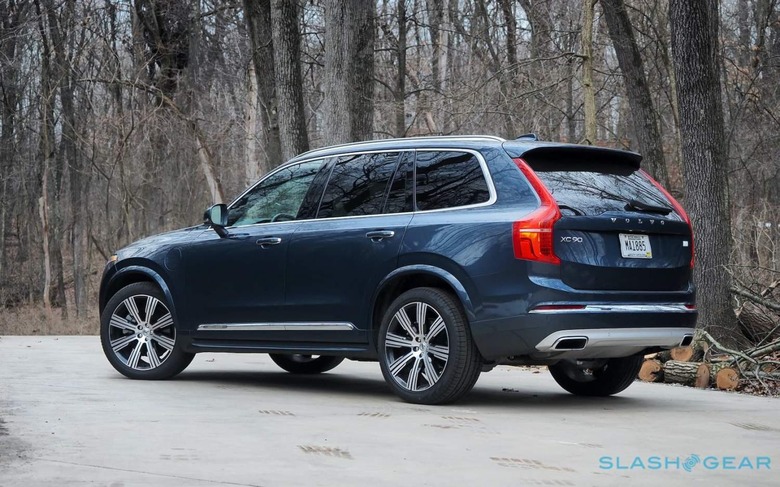
Since then, we've seen that same strategy extend across the Swede's range, most recently with the arrival of the Recharge brand. Reserved for battery-electric (BEV) and plug-in hybrid (PHEV) models, it's the first trickle of what Volvo expects to eventually become a flood. By 2030, the automaker says, it'll have ousted traditional internal combustion from its line-up completely.
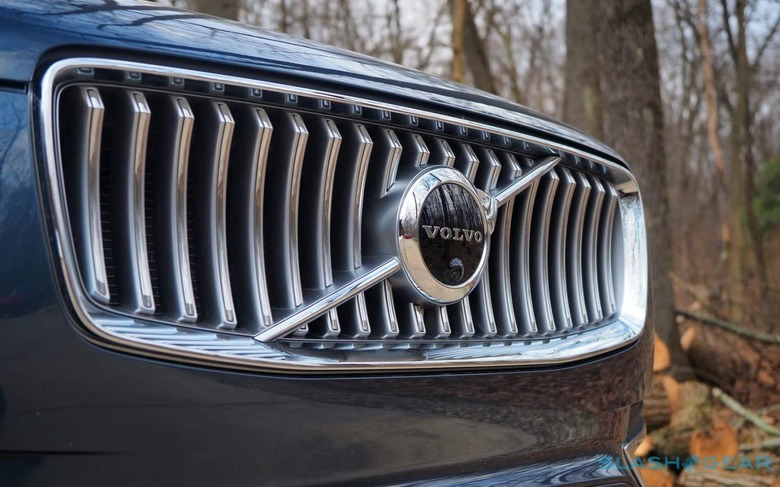
Before that, though, the bulk of Volvo's Recharge offering consists of PHEVs like this 2021 XC90 T8 Recharge. It combines a familiar engine – a turbocharged, supercharged 2.0-liter inline-four – with an eight speed automatic transmission and an electric motor. Total system power is 400 hp and 472 lb-ft of torque.
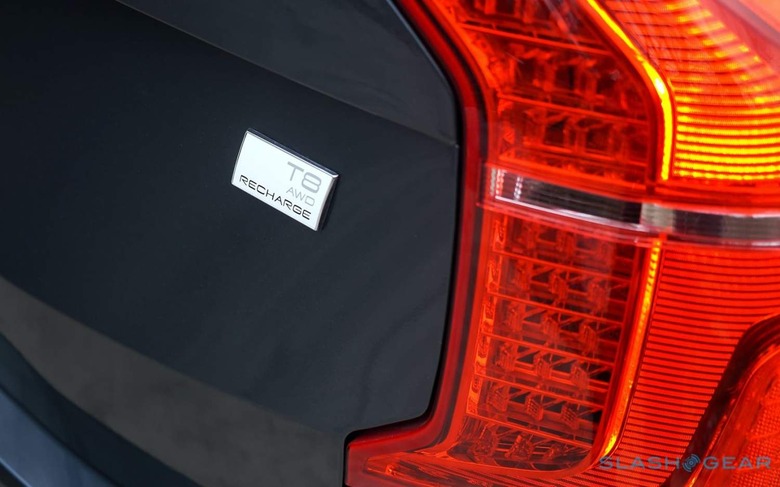
Volvo's eAWD (electric all-wheel drive) system has also been used on a number of T8-badged models. Effectively, the gas engine delivers power to the front wheels, while the electric drive is reserved for the rear wheels. Air suspension is a $1,800 option, but worth it for its ability to set the XC90 gliding across shoddy asphalt.
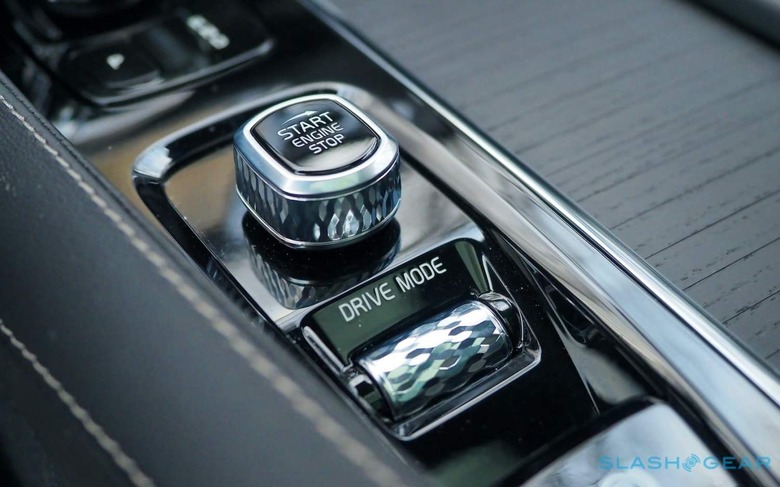
As a plush SUV, the XC90 still holds up nicely. Pickup is immediate, and even at highway speeds things are quiet and smooth. Though you can lock the drivetrain into EV-only mode, or always-on AWD, things seem to work best when you leave the hybrid to figure itself out. There's no weird transition between the two power-types, and the same goes for the braking, which blends regeneration with traditional discs to maximize the amount of juice going back into the battery.
There, unsurprisingly, is where some of the hybrid-specific headaches start. At 11.6 kWh the li-ion pack tucked into the XC90 T8 Recharge isn't exactly huge, especially when you consider the roughly 5,100 pound curb weight. According to the EPA you'll get 18 miles max out of that in EV-only mode, three miles less than the more potent Lincoln Aviator Grand Touring PHEV can offer.
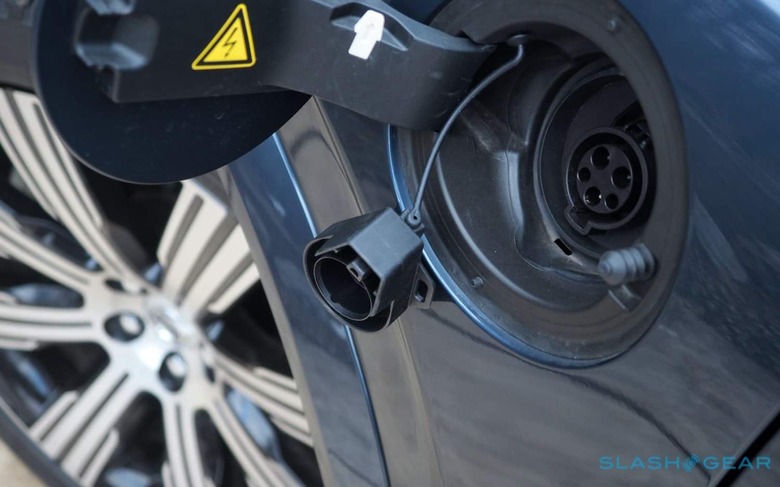
With both SUVs, frankly, it's usually best to treat the electrification as padding rather than a solo drive option. That little squirt of EV power keeps the XC90 feeling perky, even if its comfort-focused handling means corners are better taken at a more leisurely pace.
I can't say there's a huge economy advantage here, either. The EPA rates the Volvo at 55 MPGe, or 27 mpg combined for city/highway; in my own, mixed driving, I saw more like 21 mpg. No, I wasn't exactly coddling it, but it's worth being realistic if you're opting for a PHEV because you think it's going to be super-frugal.
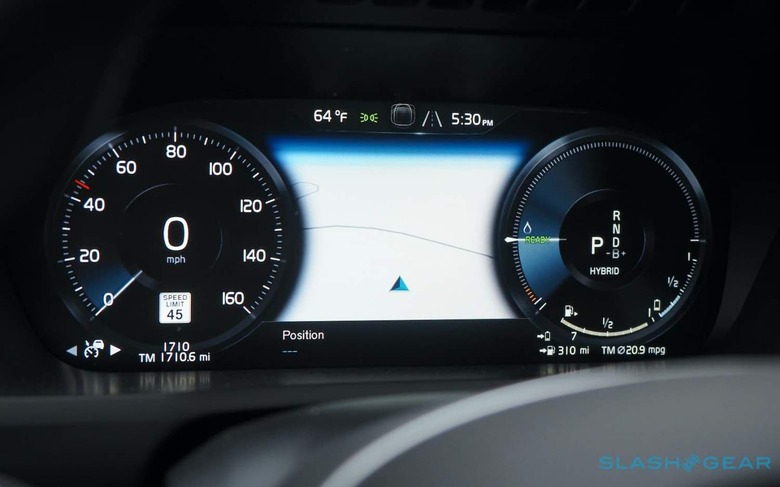
I always suspected the XC90 would age gracefully, and sure enough the three-row SUV still looks just swell from the outside. Volvo has tweaked it here and there – the front grille is a little less fussy now, and the chrome more judiciously applied – but there's nothing drastically different here and, frankly, it didn't really need it. The 21-inch 8-Multi Spoke alloy wheels are an $800 extra, but their almost Art Deco aesthetic sets off the XC90's curves beautifully.
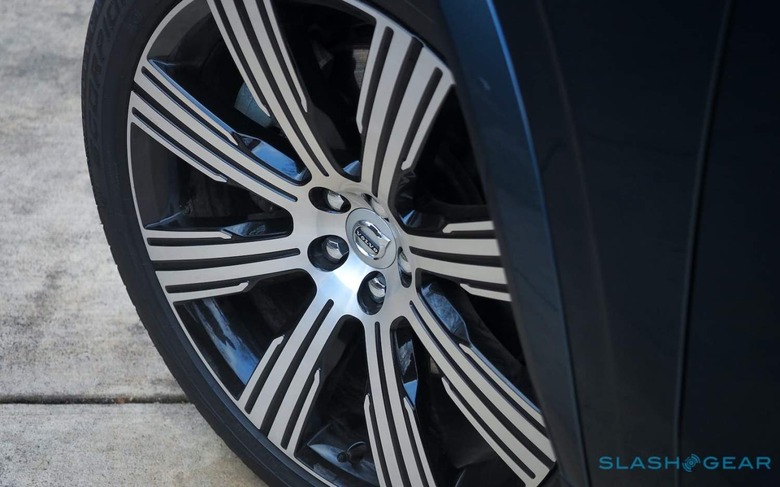
Inside there's more evidence of Volvo's progressive evolution. Yes, you can still get Nappa leather on the Inscription, but Volvo also offers a wool-blend upholstery option which looks and feels far more special. It leaves the automaker's comfortable, superbly-adjustable front row chairs looking more like high-end Danish furniture, particularly with the subtle Swedish flag logos stitched in. Really, the only reason not to go for it is that you can't, for some reason, have ventilated front seats if you don't get the leather trim.
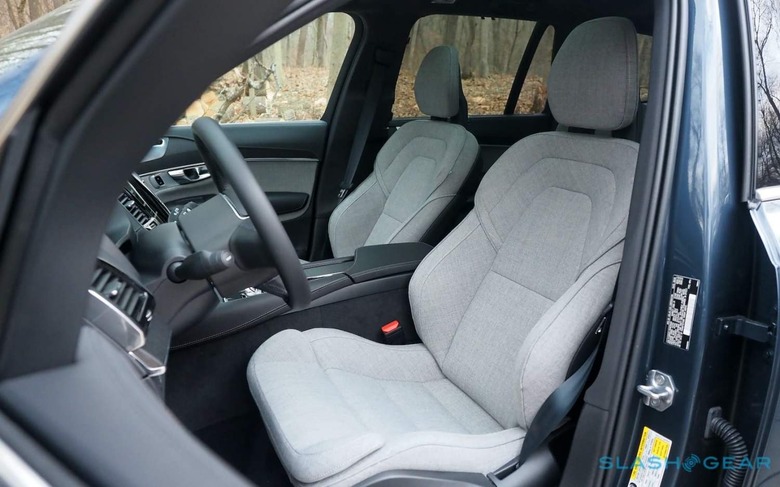
There's seating for seven, with the third row unsurprisingly feeling a little snug for anyone larger than a child. Behind that third row there's 15.8 cu-ft of cargo space; drop it, and that expands to 41.8 cu-ft. Collapse all but the first row and you've got a whopping 85.7 cu-ft to play with.
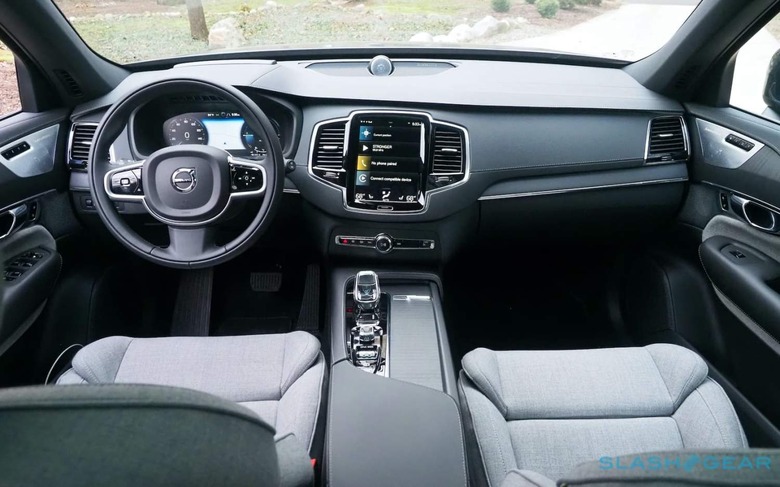
Inscription trim gets four-zone climate control, a panoramic moonroof, power front seats with heating, a Harman Kardon audio system, a wireless phone charger, and ambient lighting. The $750 Climate Package adds heated rear seats, a heated steering wheel, and heated wiper blades, while the $1,500 Advanced Package throws in a 360-degree camera and head-up display.
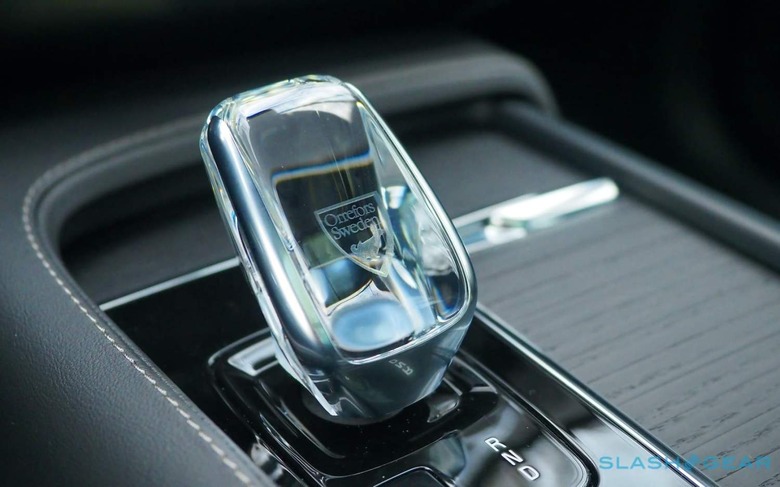
Volvo's detailing still delights in places. The combination of open-pore wood and real metal on the dashboard elevates it, and the Orrefors crystal transmission shifter remains unusually pleasing. All the same, what wowed in 2015 feels more mainstream today: the 9-inch Sensus Connect touchscreen, for example, feels a little cramped now compared to what's found in other cars. Some of Volvo's ergonomic decisions remain perennially frustrating, like having to tap the shifter twice in order to move from park to either drive or reverse.
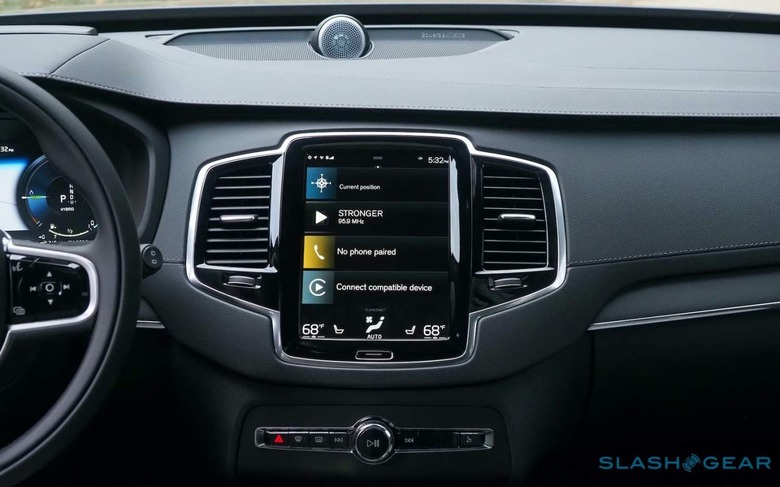
Sensus supports Apple CarPlay and Android Auto, with two USB-A ports up front and two USB-C charging ports in the rear. Navigation is standard, too. It remains cleanly designed, even if the 2021 XC40 Recharge's Android Automotive OS-powered dashboard has eclipsed it on user-friendliness and functionality. I still like how your projected smartphone UI co-exists with Volvo's interface on the homescreen – something plenty of other automakers still can't get right – though swiping over to the settings page still crowded, and is best saved for when you're parked.
Something that hasn't lost its charm is the Bowers and Wilkins audio system. Even at $3,200, it remains one of the most engaging ways to enjoy music on the move. What you don't have to pay for is Volvo's comprehensive safety suite, which includes blind-spot warnings with steering and braking assistance and cross-traffic alerts, collision avoidance for vehicles, pedestrians, cyclists, and even large animals, and run-off road protection and mitigation.
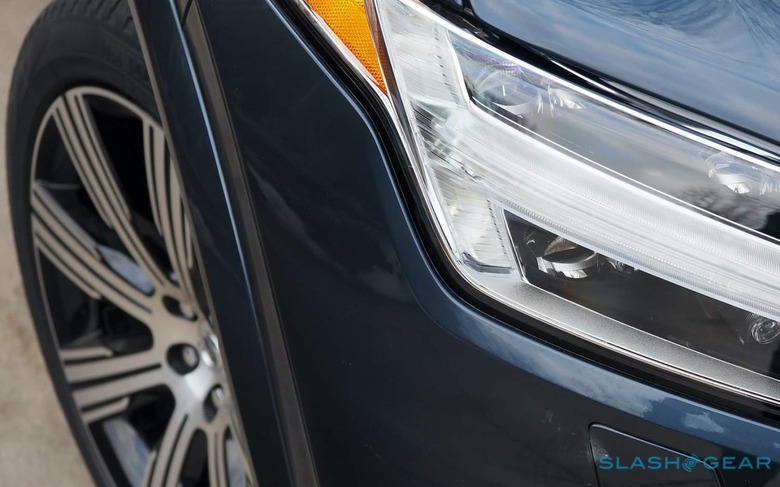
There are also lane-departure warnings and assistance, oncoming crash mitigation by braking, LED headlamps as standard, and front, side, and curtain airbags. Pilot Assist is standard on the Inscription too, Volvo's hands-on adaptive cruise control with lane-keeping. It works well, though I'm more excited about the company's upcoming Level 3 Highway Pilot system.
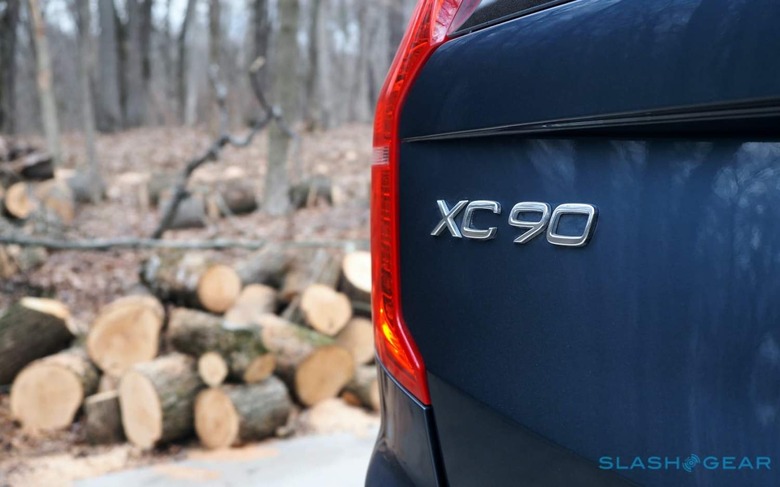
XC90 pricing kicks off at $50,790 (including destination), though that only gets you Volvo's turbocharged T5 engine and front-wheel drive. If you want a T8 Recharge, you're looking at $70,940, though that comes with eAWD as standard. My XC90 T8 Recharge Inscription review car came to $79,990 including options.
2021 Volvo XC90 T8 Recharge Verdict
Approach the XC90 T8 Recharge as a plug-in hybrid first, and there are a fair number of compromises to accept. The reality is that big SUVs like this struggle to go green, because physics is stubborn and batteries are still heavy, and expensive. 18 miles of EV-driving isn't much, especially when you consider that really is a best-case scenario.
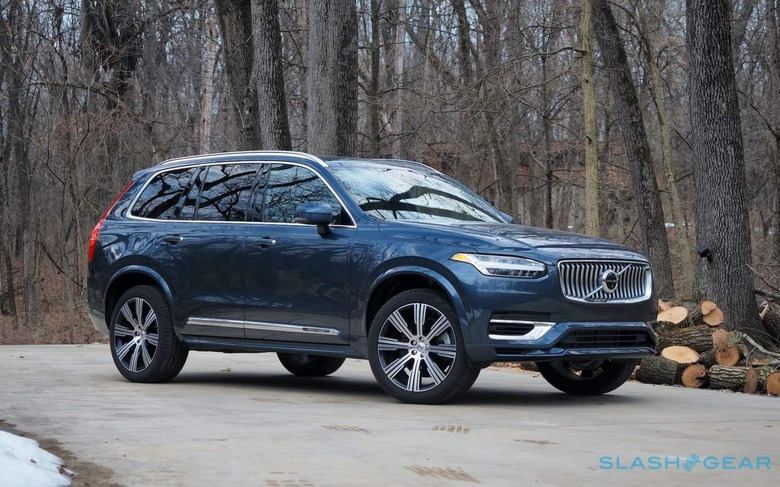
Considered as a luxury three-row SUV that just so happens to be a hybrid, though, Volvo's offering feels a lot more cohesive. It's comfortable, drives serenely, and there's decent cabin space and cargo flexibility. The active safety tech basically sets the segment benchmark, and while the touchscreen may feel a little pokey now, the infotainment software itself is still approachable and easy to use.
Whether all that is worth the $80k sticker, well, that's another big question. Volvo's PHEV tech isn't quite rewarding or frugal enough to make going hybrid a no-brainer decision, and so the XC90 finds itself up against plenty of three-row luxury SUV rivals, electrified or otherwise. The fact that, even six years on, it remains as competitive as it is speaks volumes for what Volvo is capable of, but I'd be lying if I said I wasn't more eager to see the next-gen XC90 which we're expecting to debut next year.

